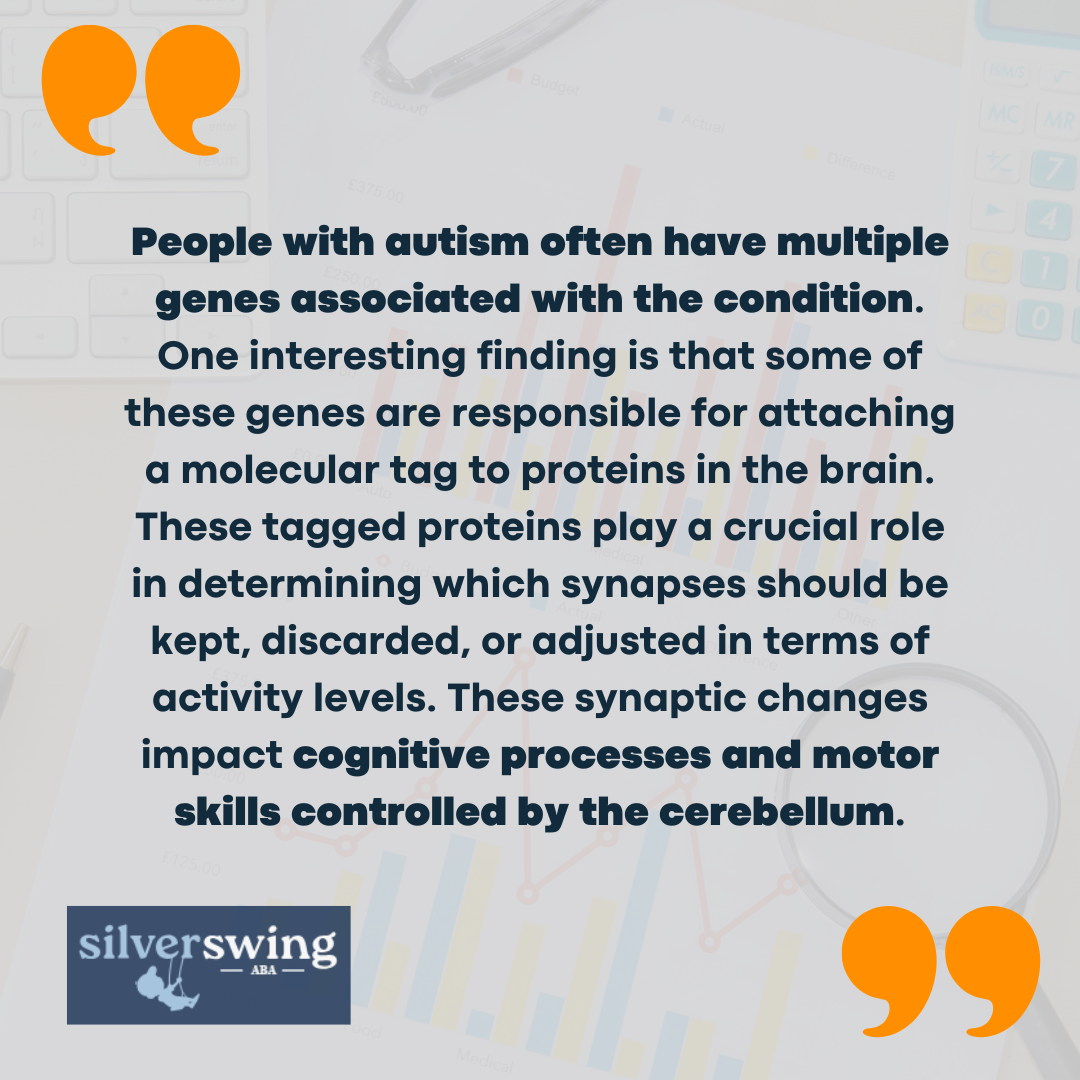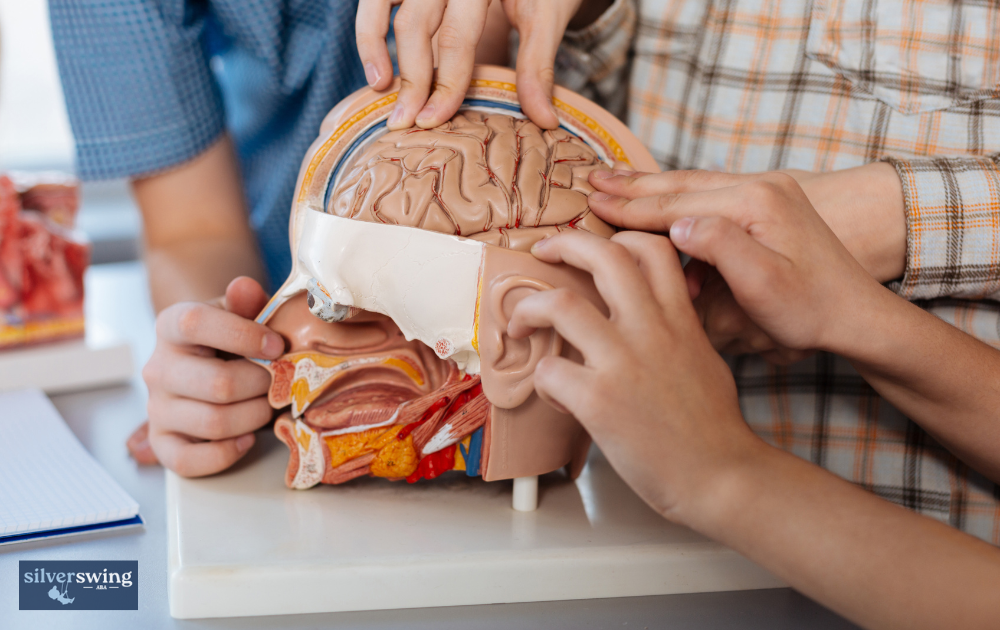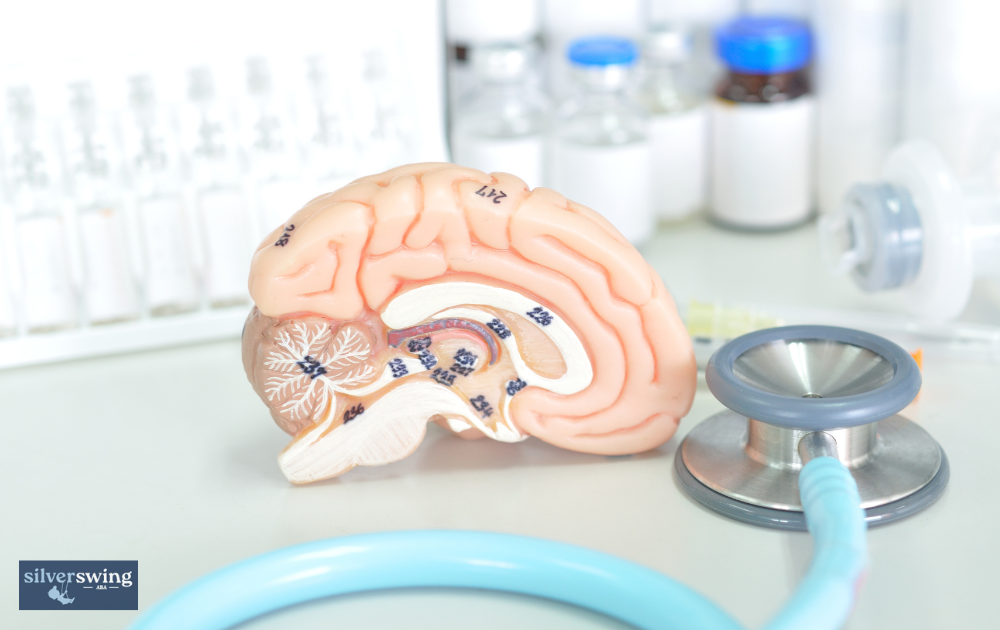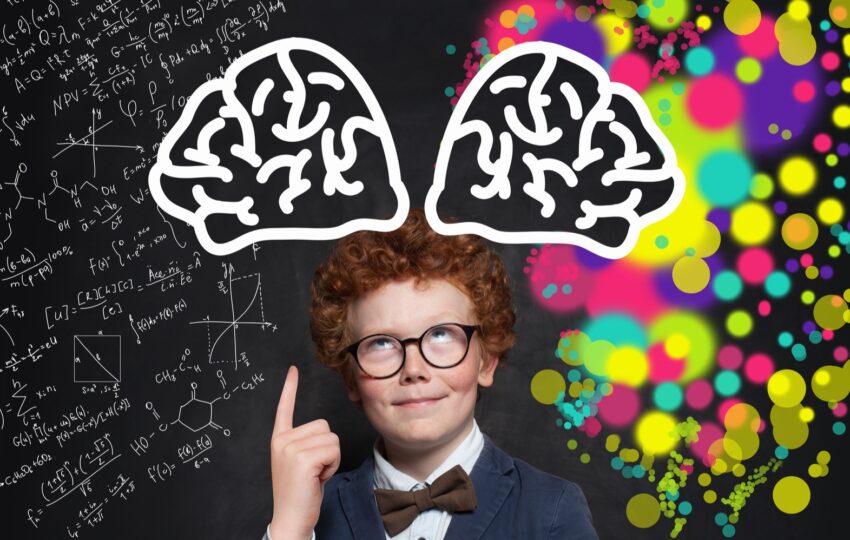In the brain of an individual with autism, the communication between the two hemispheres is not as fluid as it is in the brain of a neurotypical individual. This weaker connectivity can affect the integration of information and coordination of functions between the left and right hemispheres.
It may contribute to difficulties in areas such as language processing, social interaction, and cognitive flexibility.
Research has shown that decreased connectivity between hemispheres can result in challenges with integrating information from different sources. This can impact the ability to understand complex social cues, recognize emotions, and engage in effective communication.

Sensory Areas Activity
The sensory areas of the brains of individuals with autism display distinct patterns of activity compared to neurotypical individuals.
According to research, the sensory areas in individuals with autism exhibit more random activity. This increased random activity can affect sensory processing, leading to differences in how individuals with autism perceive and respond to sensory input.
The level of random activity in the sensory areas of the brain varies among individuals with autism, with more severe presentations of autism often showing even greater deviations from typical patterns.
This sensory processing variability can contribute to sensory sensitivities, difficulties with sensory integration, and challenges with filtering and prioritizing sensory information.

Processing Differences in Autism
Understanding the processing differences in the autistic brain is essential for gaining insights into the unique characteristics of individuals with autism. There are two key aspects that we should look at which are as follows:
Caudate Functionality
The caudate, which is a brain region responsible for processing memories, shows distinct differences in functionality in individuals with autism. Research indicates that the caudate exhibits more predictable activity and less coordinated functioning in autistic individuals.
This altered activity is associated with increased inflexible and repetitive behaviors commonly observed in individuals with autism.
Persistent Brain Connections
Studies have revealed that individuals with autism have “overly persistent brain connections,” which can impact their ability to rapidly shift between ideas or thoughts. This persistence of connections can lead to difficulties in adapting to unexpected stimuli or changes in routine, causing distress for individuals with autism.
Researchers at the Washington University School of Medicine have explored the role of defective genes in the processing differences seen in the autistic brain. They have found that a defective gene may contribute to miscommunication among cells in the brain, resulting in an increased number of synapses.
This increase in synapses correlates with impairments in learning and other cognitive functions associated with autism.
The presence of too many synapses in the brains of individuals with autism can disrupt the normal communication between neurons, leading to difficulties in processing and integrating information. This disruption may contribute to the processing differences observed in individuals with autism.

Genetic and Synaptic Influences
The understanding of autism spectrum disorder (ASD) extends beyond the impact on brain connectivity and processing differences. Genetic and synaptic influences also play a significant role in the development of autism.
Research has shown that individuals with autism may carry defective genes that influence how neurons connect and communicate with each other. These defective genes can lead to an overabundance of synapses in the brain, resulting in increased miscommunication between neurons.
This miscommunication can impair learning and memory processes, contributing to the challenges faced by individuals with autism.

The role of these tagged proteins in the brain is vital for proper neural development and function. Alterations in the tagging process can disrupt synaptic connectivity, leading to the characteristic features of autism. Understanding the molecular mechanisms behind these processes provides valuable insights into the underlying causes of autism.
By studying defective genes and synaptic influences, researchers gain a better understanding of the intricate workings of the autistic brain. These findings contribute to ongoing efforts to develop targeted interventions and therapies that can address the specific genetic and synaptic challenges faced by individuals with autism.

Differences in Brain Structure
When considering the impact of autism on the brain, it’s important to explore the structural variances that have been observed.
MRI scans have revealed differences in the gray and white matter of the cerebral cortex between autistic brains and neurotypical brains. These variances can be observed in early childhood brain development and adolescence, indicating changes in brain growth and structure over time in individuals with autism.
Gray and White Matter Variances
The gray matter of the cerebral cortex refers to the regions of the brain that contain the cell bodies of neurons. In individuals with autism, differences in the gray matter have been observed, particularly in areas related to social cognition and language processing.
These variances suggest that the neural circuits involved in these functions may be altered in individuals with autism.
On the other hand, the white matter of the cerebral cortex consists of the nerve fibers that connect different regions of the brain.
Studies have found that individuals with autism may have differences in the organization and connectivity of white matter pathways. Diffusion tensor imaging (DTI) has identified abnormalities in brain organization and connectivity in individuals with autism spectrum disorder (ASD), highlighting differences in brain network activity and function.
These findings suggest structural and functional differences in brain connections between individuals with autism and neurotypical individuals.
Cerebral Cortex Development
The cerebral cortex, often referred to as the “gray matter” of the brain, plays a crucial role in various cognitive functions such as perception, attention, memory, and language. In individuals with autism, there may be variances in the development of the cerebral cortex.
These differences can impact the way information is processed and integrated within the brain.
Research has shown that individuals with autism may have alterations in the growth and thickness of the cerebral cortex. These variances can be observed during early childhood brain development and continue throughout adolescence.
Such changes may contribute to the unique cognitive profiles and behaviors observed in individuals with autism.

The Role of Cerebellum in Autism
The cerebellum, which is a structure previously believed to primarily coordinate movements, is now understood to have a broader role in cognition and social interaction.
Research indicates that the cerebellum may play a more significant role in individuals with autism than previously thought.
In addition to the cerebellum, another area of the brain that is affected in autism is the hippocampus. The hippocampus is responsible for forming and storing memories.
Changes in Brain Growth
The development and growth of the brain play a significant role in autism. Researchers have observed distinct changes in brain growth patterns among individuals with autism, particularly during early childhood.
Here, we’ll look at two aspects related to changes in brain growth.
Fast Growth in Infants
Studies have shown that some infants who are later diagnosed with autism experience unusually fast growth in certain brain regions.
Specifically, there is a significant expansion of the surface area of the cortex, the outer layer of the brain responsible for complex cognitive functions, from 6 to 12 months of age compared to their non-autistic peers.
This accelerated growth during infancy may contribute to the atypical development observed in individuals with autism.
Furthermore, research has found that brain volume increases much faster in autistic children during their second year of life compared to non-autistic children. These findings highlight the importance of early brain development in autism and provide valuable insights into the underlying neural mechanisms associated with the condition.
White Matter Tract Impact
The white matter tracts in the brain which consist of bundles of nerve fibers play a crucial role in facilitating communication between different brain regions.
In autism, there are notable impacts on white matter tracts, specifically the corpus callosum, which connects the brain’s two hemispheres.
Research indicates that individuals who lack all or part of the corpus callosum have an increased likelihood of being autistic or displaying traits associated with the condition. The corpus callosum’s impairment suggests that disrupted connectivity between the brain’s hemispheres may contribute to the atypical cognitive and behavioral characteristics observed in autism.
Interestingly, studies have shown that white matter changes in preschoolers with autism differ by sex.
Autistic girls exhibit an increased measure of structural integrity in their corpus callosum compared to non-autistic girls. In contrast, autistic boys have lower corpus callosum integrity compared to their non-autistic counterparts.
These sex-specific differences in white matter tracts further emphasize the complexity of autism and the need for individualized approaches in understanding and supporting individuals on the spectrum.
Understanding the changes in brain growth, particularly the accelerated growth in infancy and the impact on white matter tracts, provides valuable insights into the neural underpinnings of autism.
These findings contribute to ongoing research efforts aimed at unraveling the complex nature of autism and developing targeted interventions that can promote optimal brain development and functioning for individuals on the spectrum.




